
The Algerine-class minesweeper was a large group of minesweepers built for the Royal Navy (RN) and the Royal Canadian Navy (RCN) during the Second World War. 110 ships of the class were launched between 1942 and 1944.

HMS Rifleman was a turbine-powered Algerine-class minesweeper of the Royal Navy. She was launched in 1943 and saw active service during World War II, both in the European and Far East theatres. After the war she served in the Mediterranean and was used as an accommodation ship in Barrow before being sold for breaking in 1972.
HMS Ossory was a reciprocating engine-powered Algerine-class minesweeper built for the Royal Navy during the Second World War. She commissioned too late for service in the conflict, but was in service during the Cold War period. She was scrapped in 1959.

HMS Mutine was a turbine-powered Algerine-class minesweeper of the Royal Navy. She served during the Second World War, and was adopted by the civil community of Mitcham, Surrey following a successful Warship Week National Savings campaign held in February 1942.

HMS Loyalty was a turbine-powered Algerine-class minesweeper of the Royal Navy, formerly HMS Rattler. She served during the Second World War. Commissioned in 1943, Loyalty saw action off the coast of Normandy during the Allied assault there in 1944. While performing duties off the coast, the ship was torpedoed by a German submarine and sank.
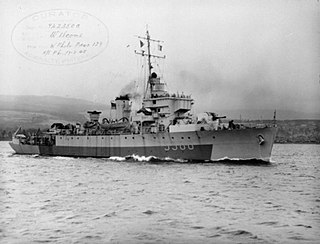
HMS Welcome was a reciprocating engine-powered Algerine-class minesweeper built for the Royal Navy during the Second World War. She survived the war and was scrapped in 1962.
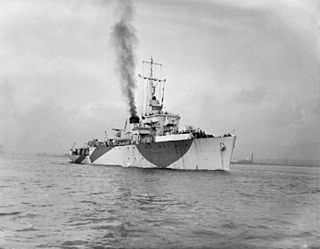
HMS Vestal was a turbine-powered Algerine-class minesweeper of the Royal Navy. She was launched in 1943 and saw service in the Pacific War against the Empire of Japan. She was critically damaged by Japanese kamikaze aircraft in 1945 and was subsequently scuttled in waters close to Thailand.
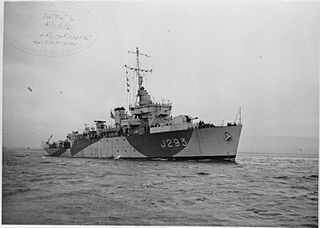
HMCyS Parakrama, was a turbine-powered Algerine-class minesweeper of the Royal Ceylon Navy, originally built as HMS Pickle (J293) for the Royal Navy during World War II, and transferred to Ceylon by the United Kingdom in 1958. She was scrapped in 1964.

HMS Rosario (J219) was a steam turbine-powered Algerine-class minesweeper during the Second World War. She survived the war and was sold to Belgium in 1953 as De Moor (M905).

HMS Spanker (J226) was a steam turbine-powered Algerine-class minesweeper during the Second World War. She survived the war and was sold to Belgium in 1953 as De Brouwer (M904).
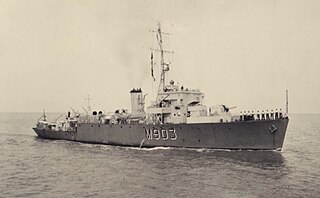
HMS Fancy (J308) was a steam turbine-powered Algerine-class minesweeper during the Second World War. She survived the war and was sold to Belgium in 1951 as A.F. Dufour (M903).

HMS Liberty (J391) was a steam turbine-powered Algerine-class minesweeper during the Second World War. She survived the war and was sold to Belgium in 1949 as Adrien de Gerlache (M900).
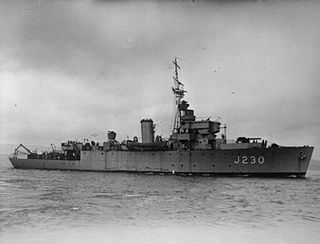
HMS Cadmus (J230) was a steam turbine-powered Algerine-class minesweeper during the Second World War. Launched in 1942 the ship survived the war and was sold to Belgium in 1950 as Georges Lecointe (M901).

HMS Espiegle (J216) was a steam turbine-powered Algerine-class minesweeper during the Second World War.

HMS Chameleon (J387) was a steam turbine-powered Algerine-class minesweeper during the Second World War.

HMS Cheerful (J388) was a steam turbine-powered Algerine-class minesweeper during the Second World War.

HMS Circe (J214) was a steam turbine-powered Algerine-class minesweeper during the Second World War.
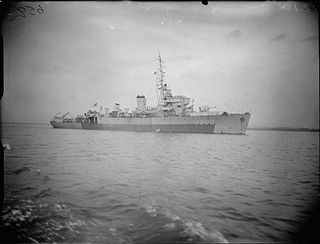
HMS Jewel (J390) was a steam turbine-powered Algerine-class minesweeper during the Second World War.

HMS Niger (J442) was a reciprocating engine-powered Algerine-class minesweeper during the Second World War.
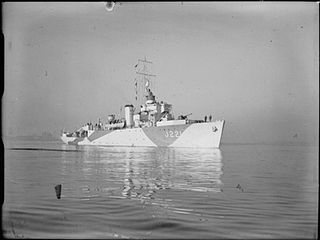
HMS Onyx (J221) was a steam turbine-powered Algerine-class minesweeper during the Second World War.



















